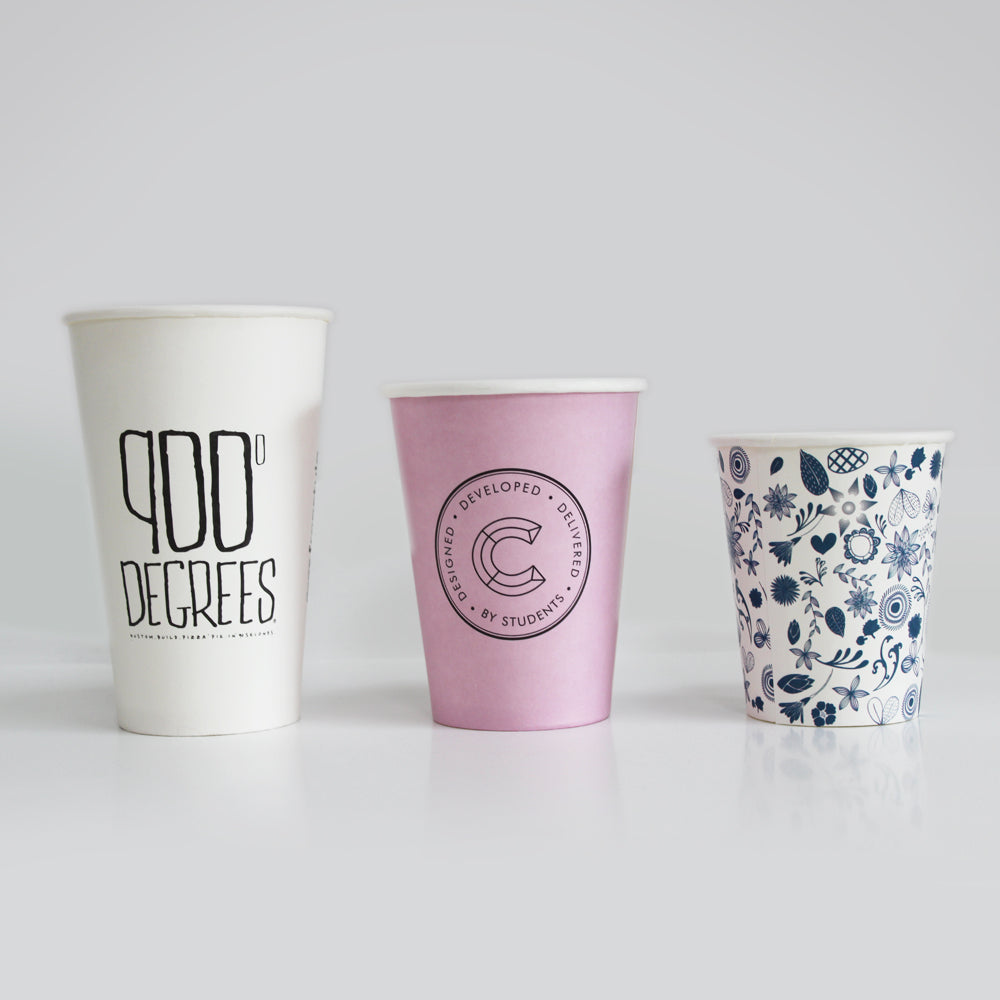The Evolution of Wine Packaging A Modern Perspective
Wine packaging has evolved significantly over the centuries, reflecting not only advancements in technology but also changing consumer preferences and environmental considerations. Traditionally, wine was stored in heavy glass bottles sealed with corks. While this method remains popular today, innovations in packaging materials and designs have emerged, allowing winemakers to enhance their product's appeal and sustainability.
Glass bottles have long been the standard for wine packaging due to their inert properties, which protect the wine from external factors and maintain its integrity. They are available in various shapes and sizes, allowing for differentiation among brands. The classic Bordeaux bottle, with its green tint, and the Burgundy bottle, with its wider shoulders, have become iconic representations of their respective regions. However, the weight and fragility of glass can pose challenges in shipping and storage, prompting the exploration of alternative packaging options.
One such alternative is the bag-in-box (BiB) packaging system, which has gained popularity, particularly for everyday wine consumption. This method consists of a flexible plastic bladder contained within a cardboard box, preserving the wine's freshness while being lightweight and easy to transport. BiB packaging is also more environmentally friendly, as it generates less waste and utilizes fewer resources than traditional glass bottles.
wine packaging

In addition to BiB, other innovative packaging solutions include cans and Tetra Paks. Canned wine has surged in popularity due to its convenience, portability, and modern aesthetic appeal. Wine in cans can be enjoyed anywhere—from picnics to beach outings—without the risk of glass breakage. Tetra Paks, on the other hand, offer a shelf-stable solution that prolongs the wine's life while reducing the carbon footprint associated with transportation.
Sustainability is a significant driving force in the evolution of wine packaging. Many winemakers now prioritize eco-friendly materials and practices. Recyclable and biodegradable packaging options are increasingly favored over single-use plastics, and some brands have even adopted minimalistic packaging strategies to showcase their commitment to environmental responsibility. Furthermore, innovations like lightweight glass and alternative materials help reduce shipping emissions, aligning with the growing demand for “green” products among consumers.
Despite these advancements, the charm of traditional packaging remains, and many premium wine producers continue to favor glass bottles with cork closures as a symbol of quality and heritage. The ritual of uncorking a fine bottle of wine is an experience that resonates with enthusiasts and connoisseurs alike.
In conclusion, wine packaging is experiencing a dynamic transformation that balances tradition with innovation. As consumers become more environmentally conscious and seek convenience, winemakers must adapt their packaging strategies to meet these changing demands. Whether through advanced materials or a return to classic methods, the focus on quality, sustainability, and aesthetics will shape the future of wine packaging, ensuring that it continues to enhance the enjoyment of this timeless beverage.



